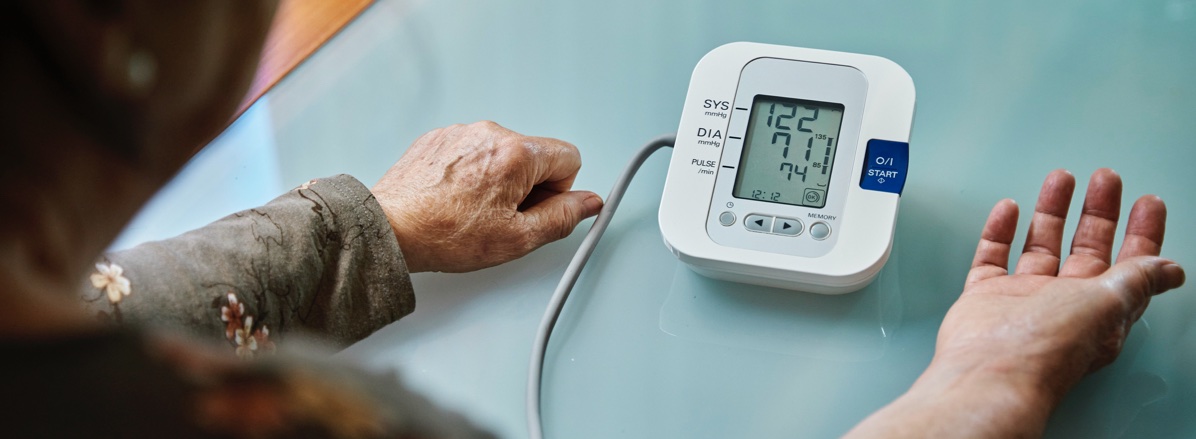Boston Scientific accounts are for healthcare professionals only.
Already have a stent implanted? Visit our coronary stent device support page for more information.
Understanding CAD
Coronary Artery Disease (CAD) is the narrowing (stenosis) of the arteries in the heart. It is usually caused by a buildup of fat or calcium deposits called plaque. Over time, this plaque can build to a total blockage of the artery known as atherosclerosis.
Recognizing the symptoms
When the heart doesn’t receive enough blood flow due to blockage in the artery, it may cause mild to severe chest pain or pressure. This pain or pressure can also spread to the arms or jaw. For some people, the first symptom of CAD is a heart attack.

Identifying the risk factors
Knowing the risk factors can lead to healthier lifestyle choices and may reduce your likeliness of developing or worsening your coronary artery disease. Some of the risk factors of CAD include:1
- A personal or family history of having CAD, especially before the age of 50 or for women who have reached menopause
- Obesity (body mass index, or BMI, greater than 30kg/m2)
- Physical inactivity
- Unhealthy eating habits
- Smoking
- High cholesterol
- High blood pressure
- Diabetes
Reaching a diagnosis
To determine if you have CAD, your doctor will take your medical history, consider your risk factors, and evaluate your symptoms. If there is evidence of CAD, they may order one or more of the following tests to reach a diagnosis. These tests may show your doctor if part of your heart has been damaged or is not receiving enough blood.
- Electrocardiogram measures the electrical activity in your heart
- Stress test evaluates the electrical activity in your heart while you are exercising
- Coronary angiogram determines if your arteries may be blocked or narrowed. This test is performed by a cardiologist in a Cardiac Catheterization Lab

Treating CAD
There are many different options for treating coronary artery disease. Depending on your overall health and the level of damage to your heart, your doctor may recommend lifestyle changes or medications.
Other treatment options include:
Balloon angioplasty
A procedure knowing as angioplasty can also treat artery narrowing. A thin tube known as a guide catheter is inserted into the artery at the groin or wrist. A small balloon located at the end of a second catheter is moved through the guide catheter to the site of the narrowing. The balloon is then inflated to reduce the blockage. The balloon is deflated and removed after the angioplasty is done. The patient remains awake while the cardiologist performs the procedure. The procedure may end here, or you could have a bare-metal or drug-eluting stent implanted to help keep the artery open.
Coronary artery bypass graft surgery (CABG)
This surgery is also called a heart bypass or open-heart surgery. Your surgeon will need to take a short length of artery from your inner chest wall and/or a vein from your leg and surgically attach it above and below the blocked area of the heart artery.
Coronary artery stenting
During this procedure a small mesh tube is implanted into the artery to widen the artery and restore adequate blood flow to the heart. This mesh tube is called a stent. Once the stent is placed into the coronary artery, it is expanded with the inflation of a balloon catheter. The stent is left in the artery to keep it open and help prevent further narrowing of the coronary artery.
Why are stents used?
Many patients who undergo balloon angioplasty treatment will experience a re-narrowing of the artery. This re-narrowing is called restenosis. This re-narrowing of the coronary artery can happen more often following a balloon angioplasty procedure than for patients who receive a stent. The re-narrowing can be caused by a combination of factors including the blockage reforming or new tissues growth within the treated area.
Different types of coronary stents
There are two kinds of stents, bare-metal and drug-coated. Bare-metal stents provide support to help keep the artery open after angioplasty. A drug-coated stent is a bare-metal stent with a special drug coating added to help reduce the chance of the artery becoming blocked again. The drug is released from the stent over the period of time during which re-blockage is most likely to occur. Stents are designed to be very flexible, allowing them to fit the shape of your artery.
Bare-metal stents
Bare-metal stents are tiny wire mesh tubes that help widen a clogged artery but are not coated with a polymer or drugs to help prevent re-blockage of the artery. This type of stent may be used in patients who are allergic to either polymer or drugs used in drug-eluting stents.
Drug-eluting stents
A drug-eluting stent is a bare-metal stent that has been coated with a polymer that gradually releases a drug over the time when re-blockage is most likely to happen. This helps reduce the chance of the artery becoming blocked again. There are two types of drug-eluting stents:
- Permanent Polymer Drug-Eluting Stent. In this type of stent, the polymer stays on the stent permanently, even after all the drug has been released.
- Bioabsorbable Polymer Drug-Eluting Stent. With this type of stent, the polymer and drug coating are fully absorbed by the body shortly after the drug has been fully released. This promotes better healing by eliminating long-term polymer exposure.
Resources for you
More support
References:
1. Centers for Disease Control and Prevention. Coronary Artery Disease, Accessed June 2, 2022.



